William Shakespeare once described London as a ‘city of red kites and crows’ demonstrating that this stunning bird of prey was once a common sight in our capital. Over the centuries however, the red kites fortune has varied, at one point numbering as few as 10 pairs in a remote area of Wales. Yet more recently, it has become one of the most prominent success stories in British conservation. Indeed, in many parts of the UK, the red kite is thriving.
The red kite Milvus milvus is a member of the Accipitridae family (hawks and eagles). With a wing span of nearly 2 meters, they are often seen soaring on thermals to gain altitude. Now the red kite is a scavenger, and it uses these impressive wings to stay in the air for long periods of time with minimal effort, enabling it to look for potential food. Its small body size of just 2-3lbs and comparatively weak beak and feet mean that the kite lacks the power and strength often seen in other bird of prey species, but again these are adaptations to its scavenging lifestyle. The kites are opportunistic, preferring to feed on carrion such as road kill but they will take small mammals and invertebrates given the chance. To be able to feed on larger carrion such as sheep, the kites are reliant on other species such as foxes. These open up the carcass for them, as they are lack the power to do it themselves. They are often seen in urban areas, and have become popular birds to feed in many towns. Being unfussy, they have even been known to steal food from unattended BBQ’s! Kites it seems, are one of a few species able to actively exploit a relationship with people.
![By Ken Billington (Own work) [CC BY-SA 3.0 (http://creativecommons.org/licenses/by-sa/3.0)], via Wikimedia Commons](https://realworldnature.files.wordpress.com/2015/06/512px-red_kite_milvus_milvus_11.jpg?w=300&h=256)
By Ken Billington (Own work) [CC BY-SA 3.0 (http://creativecommons.org/licenses/by-sa/3.0)%5D, via Wikimedia Commons
As if the kites didn’t have enough problems to contend with, as they became rarer the value for their eggs and for the adults themselves for taxidermists also increased. The result? The last red kites were known to breed in London in 1777 and by the late 1800’s, red kites were extinct in both England and Scotland. The tide had well and truly turned for the red kite.
Yet despite this onslaught, the red kite managed to cling on via a small isolated population in Wales. By the 1930’s this was believed to consist of less than 10 breeding pairs, a tiny population that resulted in a substantial genetic bottleneck. When investigated in 1987, it was revealed that 85% of individuals from the welsh population were all descended from just one breeding female. But these kites had their own group of saviours, the ‘Kite committee’ a group of farmers and landowners who came together to help preserve this last remaining group of individuals. With additional incentives from the RSPB (who paid farmers for each successful nest) this population grew – albeit slowly – and reached 100 pairs in 1993.
Despite this success, the recovery of the red kite population across the UK was hampered by a couple of key issues. Firstly, red kites are highly philopatric, meaning that generally they prefer to stay in the areas close to their breeding grounds. Being sociable, while the odd juvenile will wander off, the majority prefer to remain in areas already colonised by other red kites. When the aim is to encourage a the expansion of a population, this is a major limiting factor. In addition, while the red kites have survived in Wales, this isn’t optimal red kite habitat. Due to the area being very remote, carrion can often either be more limited or harder to find due to the terrain. This means that survival rates for offspring are lower compared to more favourable habitat.
It became obvious that without a kick start the red kite wasn’t going anywhere fast. In the late 1980’s, and after much planning, the RSPB together with the Nature Conservancy Council (now Natural England) began the reintroduction of red kites in two sites in the UK. One in the Chilterns in Bedfordshire, and the other in Northern Scotland. In total, 93 birds were released at each site primarily from Spanish and Swedish populations. By 1992, both populations had successfully bred in the wild for the first time.
Since then, the red kite has gone from strength to strength. Controlled release plans in several other areas has seen the red kite reach a thriving population of 1,600 breeding pairs today – a superb increase. However sadly the red kite still faces struggles. The Black Isle population of red kites (in Northern Scotland) is struggling to increase and the cause is illegal poisoning by people. It is believed they are targeted by gamekeepers (together with other species of bird of prey) who work on grouse shooting estates. Once again, human persecution is an issue. This population was expected to reach 100 breeding pairs by 2007, yet in 2012 it had only reached 52 – far below its target.
But is the red kite now too successful? Kites have made the news on several occasions, with birds being known to steal from peoples gardens – and even being reported to the police!. Resent research in Reading discovered that up to 300 birds ‘commute’ into the town each day to be fed by food left out deliberately in peoples gardens. The feeding of kites is controversial, and many conservation groups have asked people to stop as there is enough wild food for them. Either way, it would be a shame if the success of the red kites results in them once again being labelled as a pest.
For me personally, nothing beats seeing a bird of prey and the red kite is up there with the best of them. It’s been popular, it’s been persecuted and its now one of the few species that is really bouncing back – this could be one that makes it. Compared to the often desperate struggle that most species face, it’s fantastic to see one doing so well.
How to spot a red kite:
The best time is on a lovely sunny day, when kites are often seen using thermals to gain altitude – using the columns of hot air for a free ‘lift’. While they can be confused with buzzards, the main thing to look at on the kite is the tail. It is distinctively forked, whereas the buzzard has a rounded tail. Buzzards are also more compact, with broader wings, whereas the kite has longer wings which are slightly angled. From a distance it may look predominantly rufous coloured, yet the wings are tipped black and have white patches underneath. If you’re lucky enough to see one up close you can appreciate just how colourful they are.
(Main picture By Jason Thompson (Flickr: Red Kite (Not captive)) [CC BY 2.0 (http://creativecommons.org/licenses/by/2.0)%5D, via Wikimedia Commons)



![By Dûrzan cîrano (Own work) [CC BY-SA 3.0 (http://creativecommons.org/licenses/by-sa/3.0) or GFDL (http://www.gnu.org/copyleft/fdl.html)], via Wikimedia Commons](https://realworldnature.files.wordpress.com/2015/04/cuckoo.jpg?w=211&h=300)
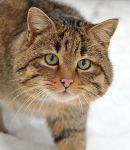

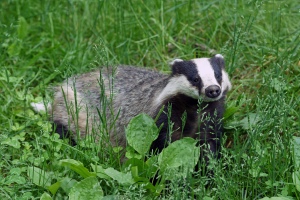
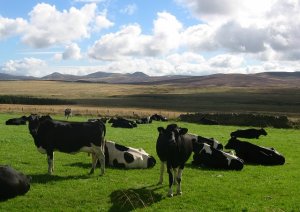

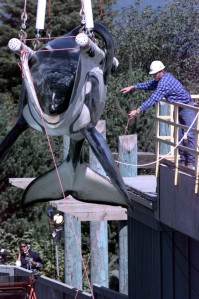
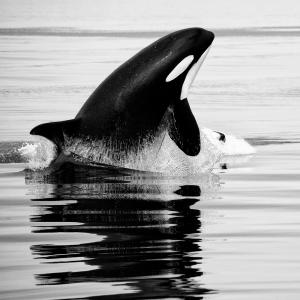

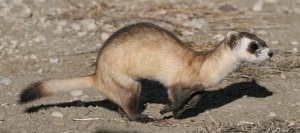
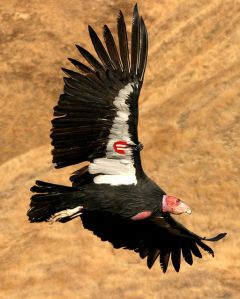

![By Steve Childs (originally posted to Flickr as Bamboo Shark) [CC BY 2.0 (http://creativecommons.org/licenses/by/2.0)], via Wikimedia Commons](https://realworldnature.files.wordpress.com/2015/01/1024px-bamboo_shark.jpg?w=300&h=225)

![Picture: Michael Gäbler [CC BY 3.0 (http://creativecommons.org/licenses/by/3.0)], via Wikimedia Commons](https://realworldnature.files.wordpress.com/2015/01/wildcat.jpg?w=260&h=300)